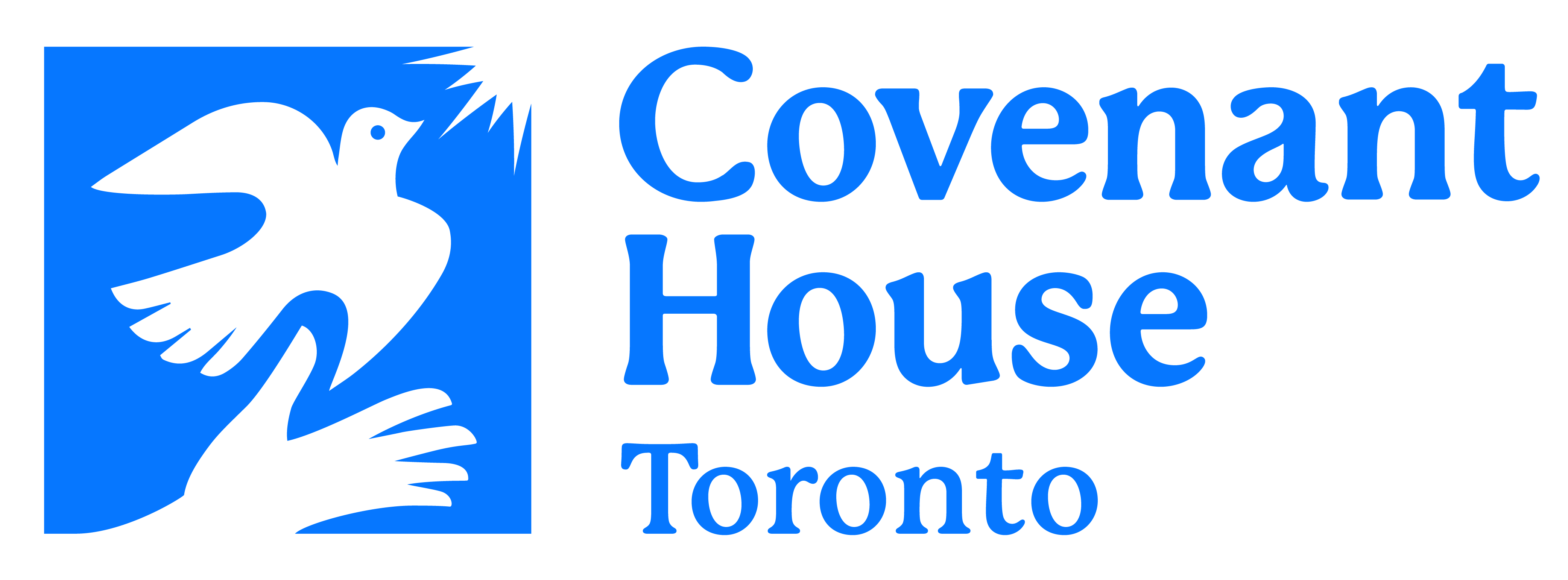Sex Trafficking 101
Sex trafficking is complicated. It’s not always easy to spot the warning signs or understand why victims can’t leave once trafficked. Yet the reality is that young people are being lured online and from local malls and schools across Canada.
Survivors have told us that not only do they wish they had been educated about the signs of luring and grooming, but that greater public education could prevent many victims from being lured in the first place.
This section provides an overview of the issue and helps to dispel common myths. We hope that greater awareness can help equip and empower everyone to recognize the warning signs, reach out for help and support survivors in their journey to recovery.
Here are suggested topics to get you started:
If you or someone you know is being trafficked or exploited, get support now.











